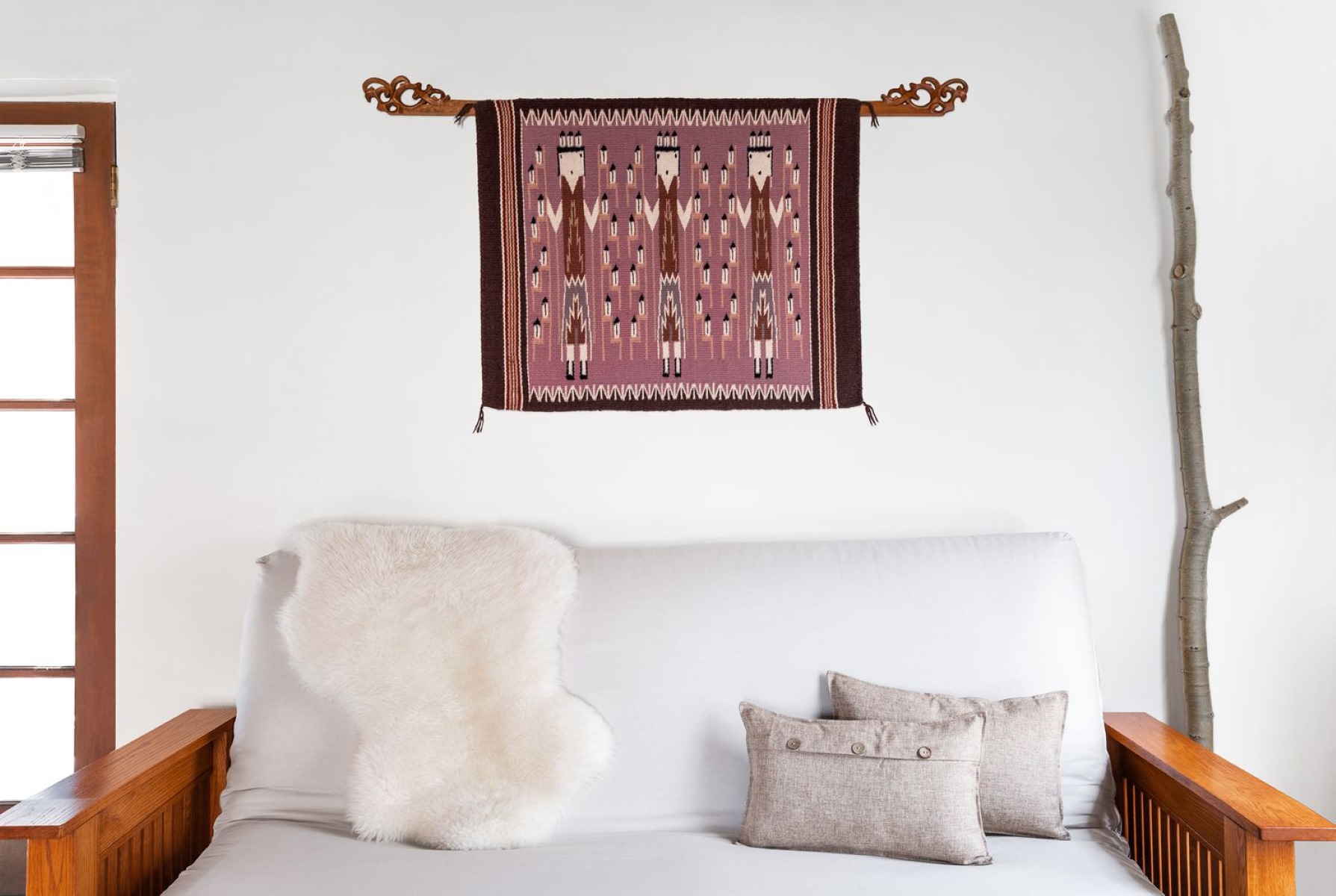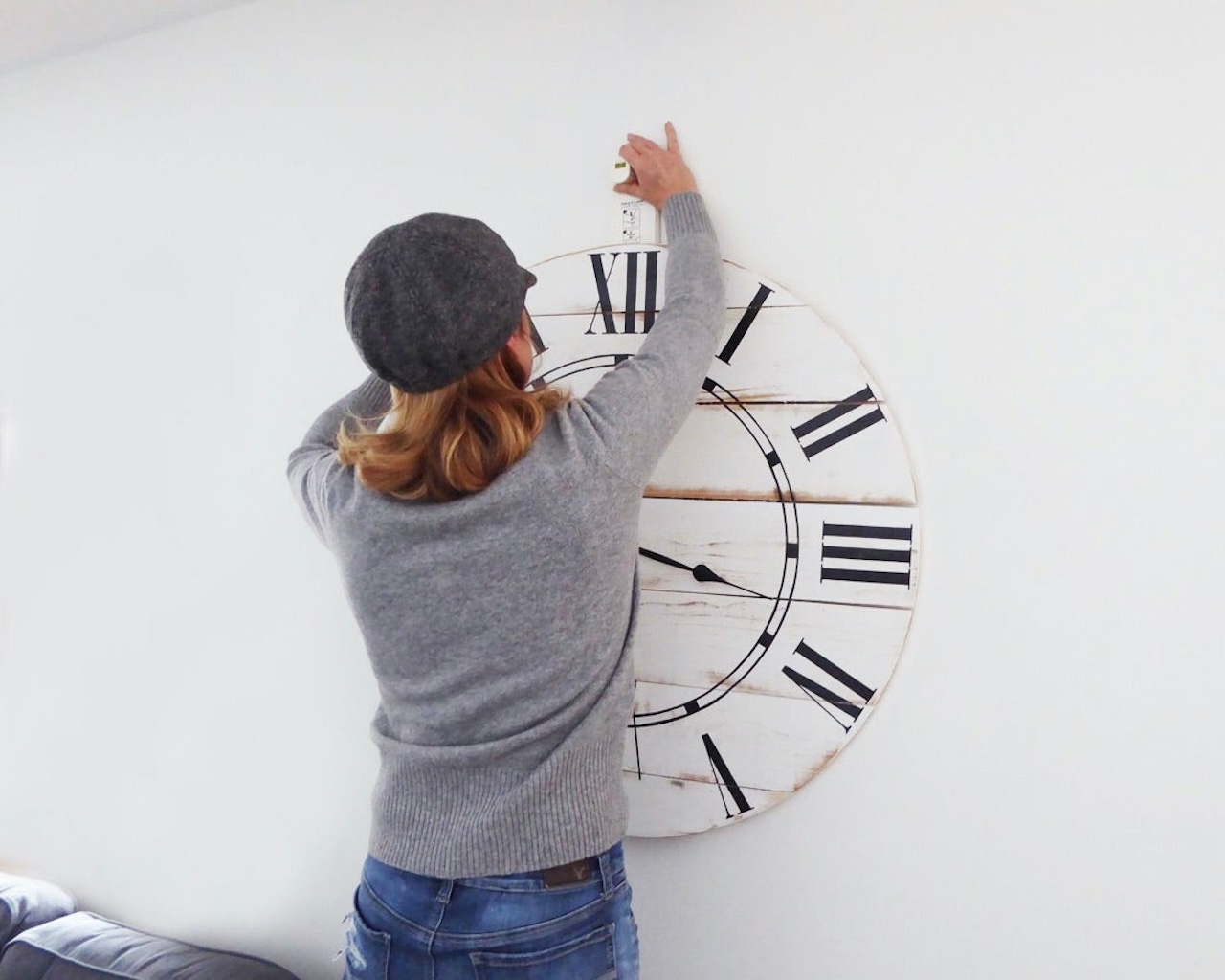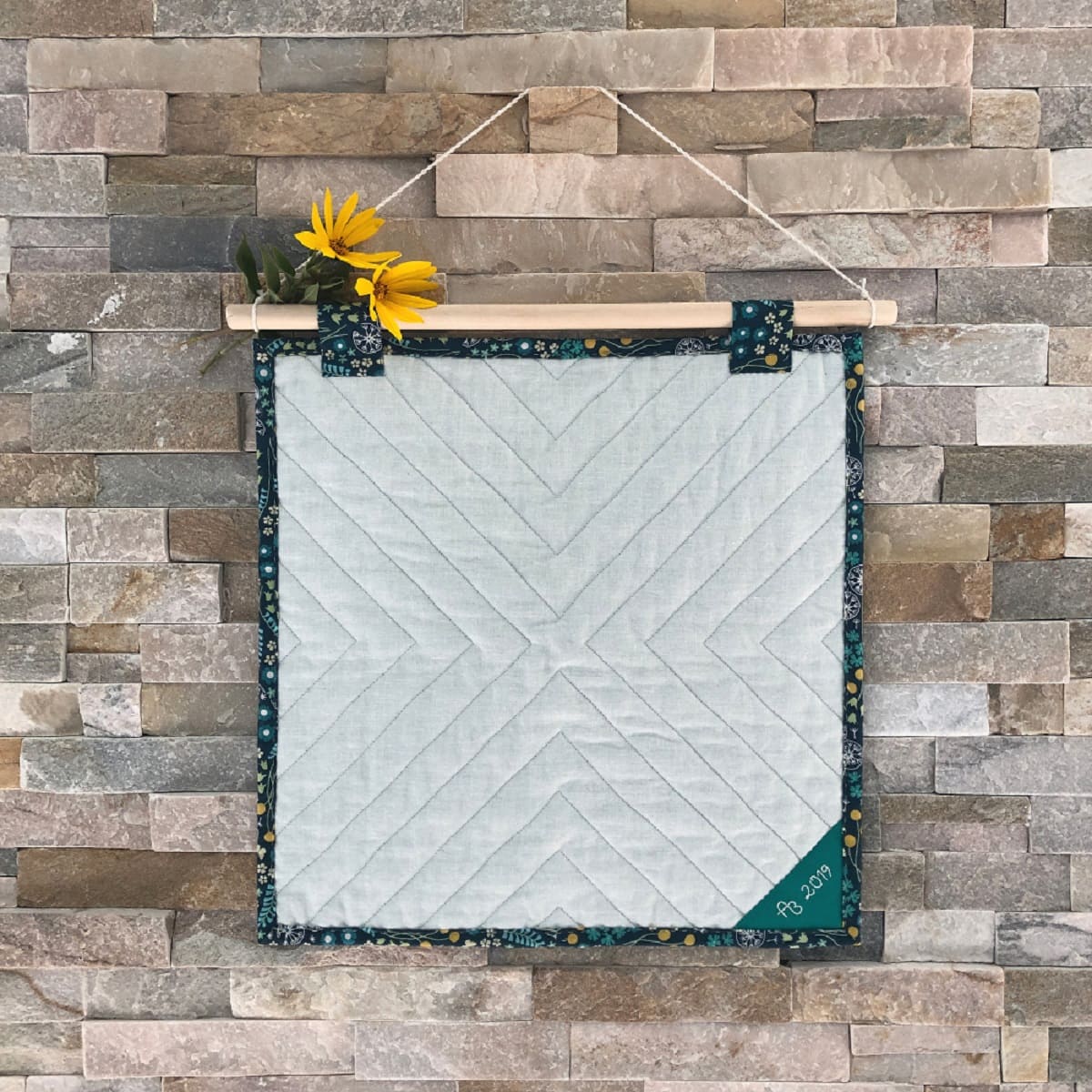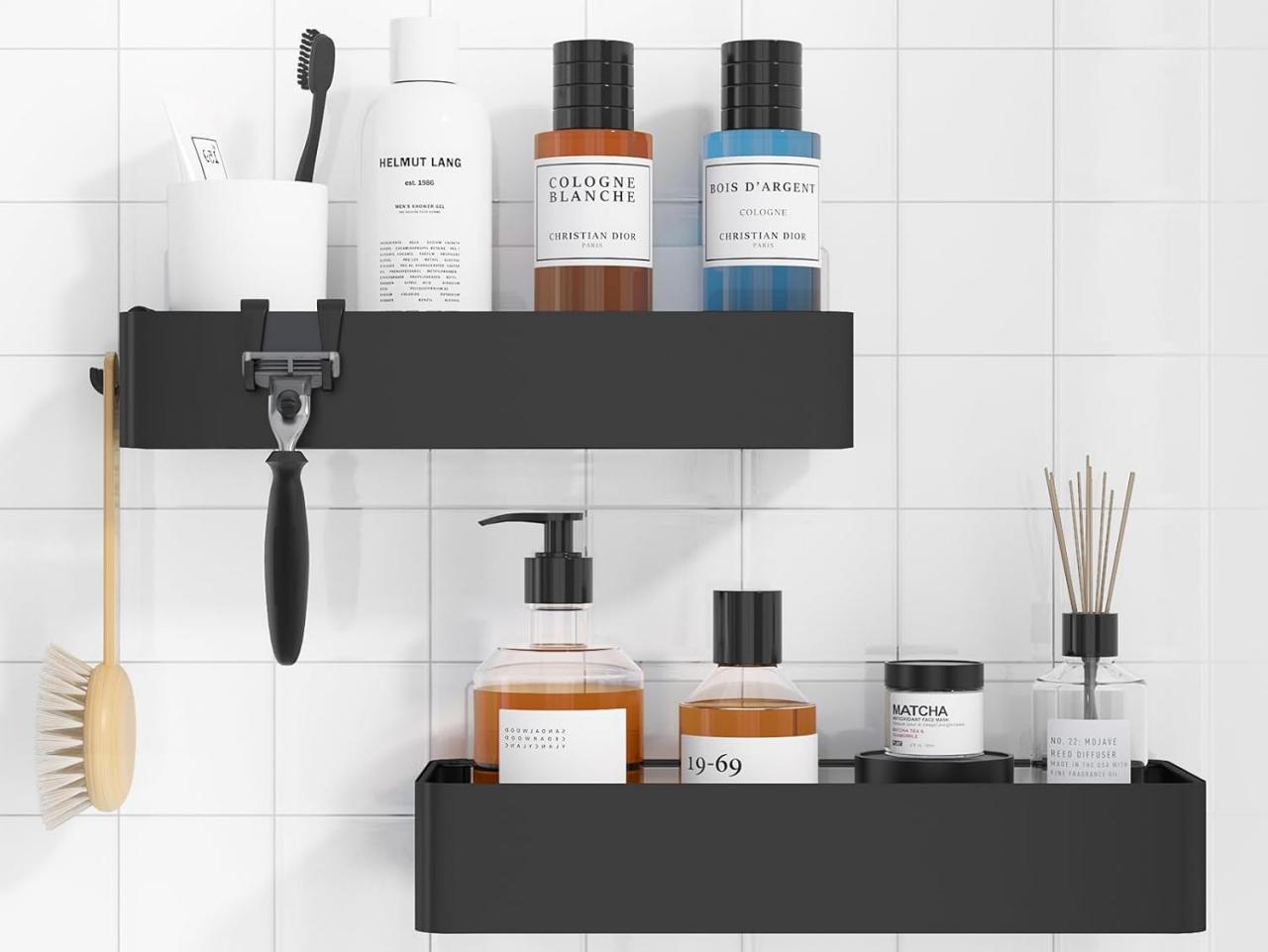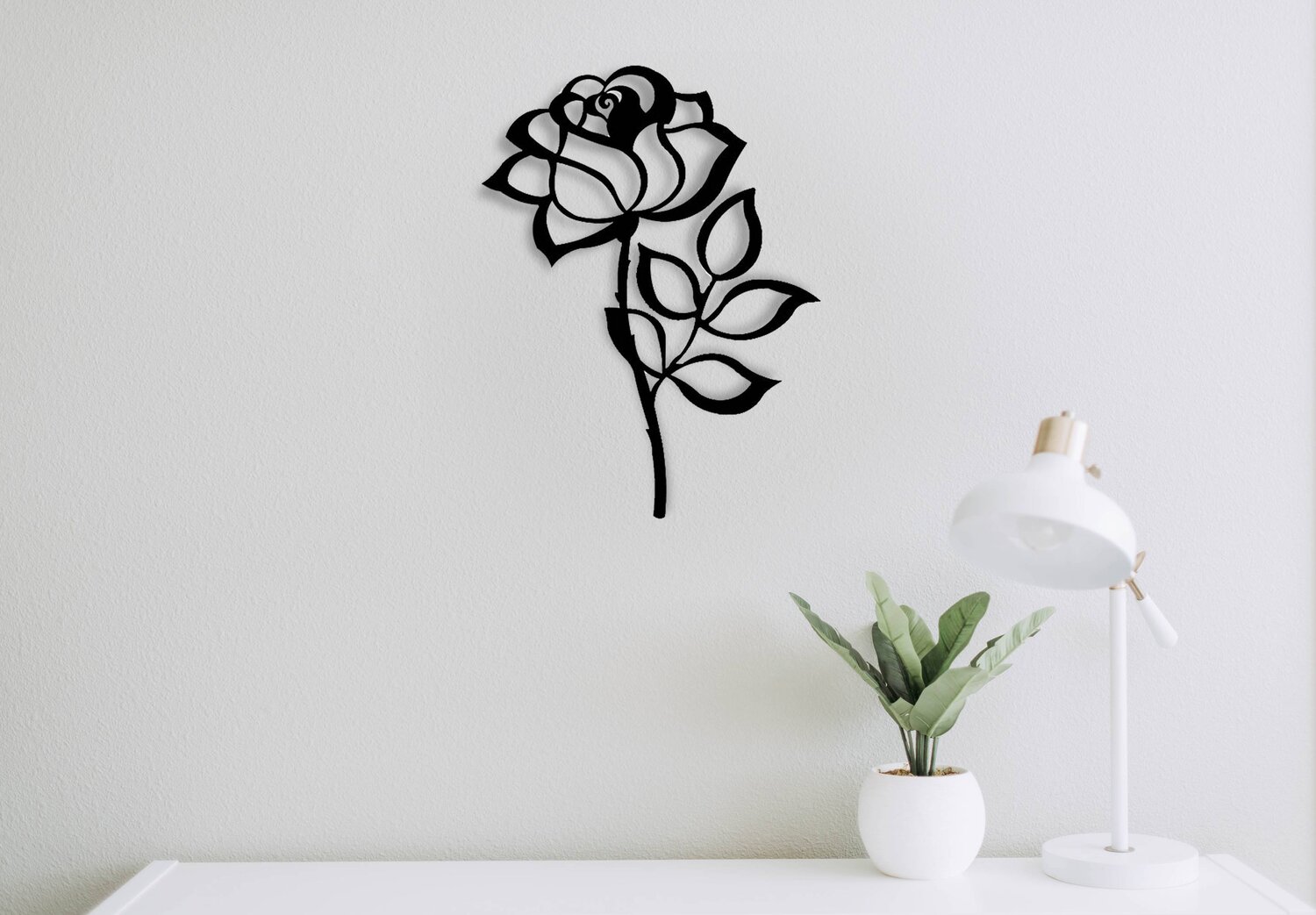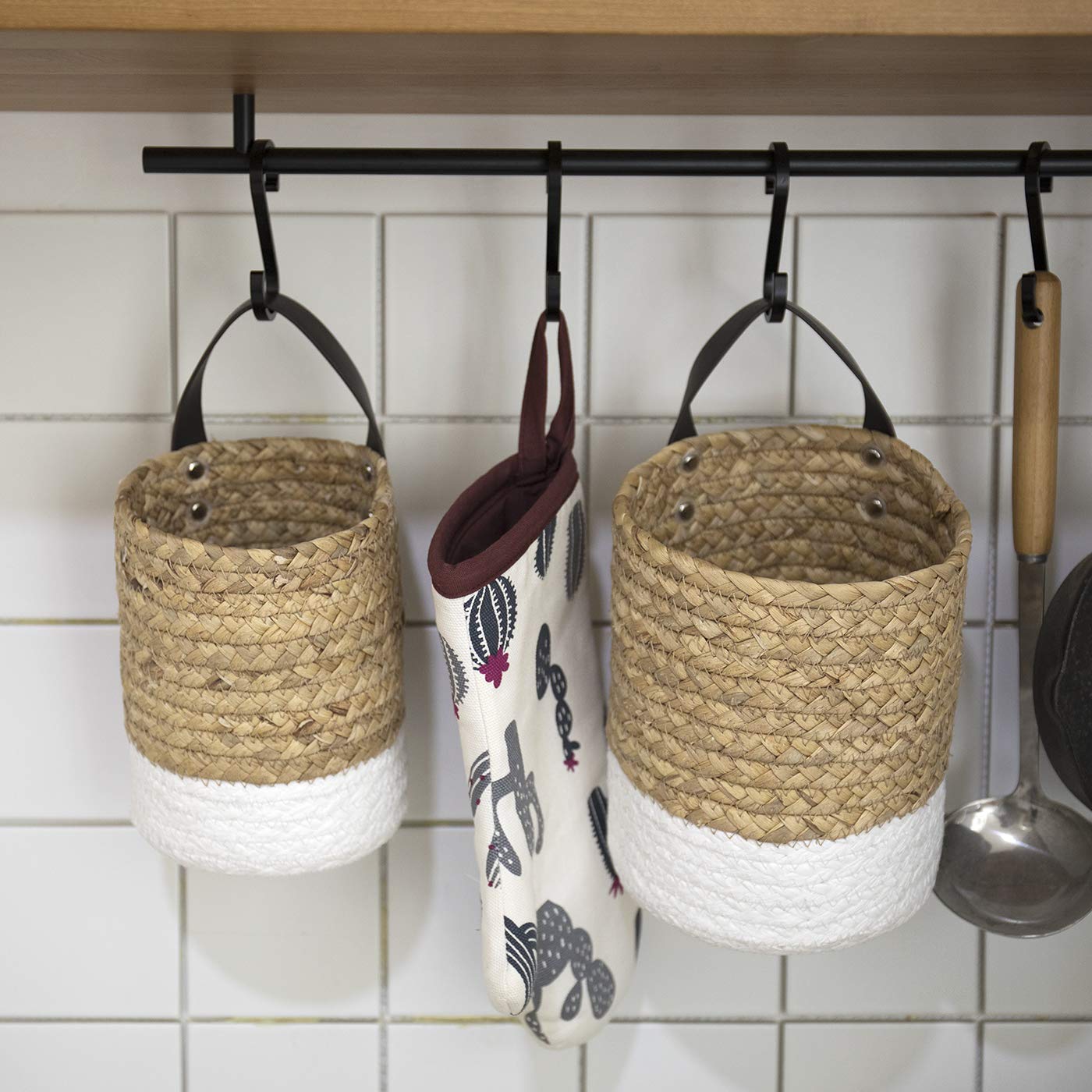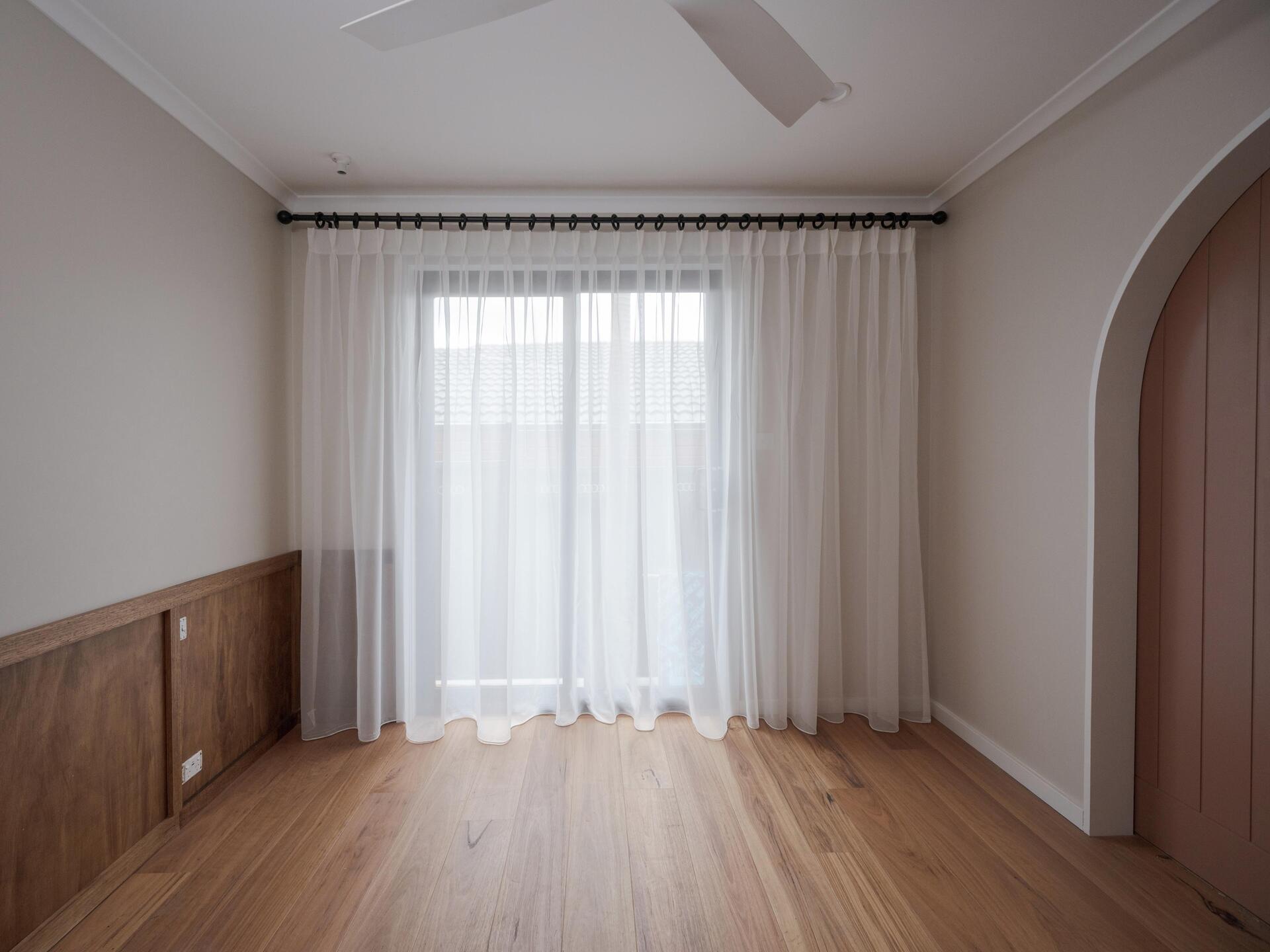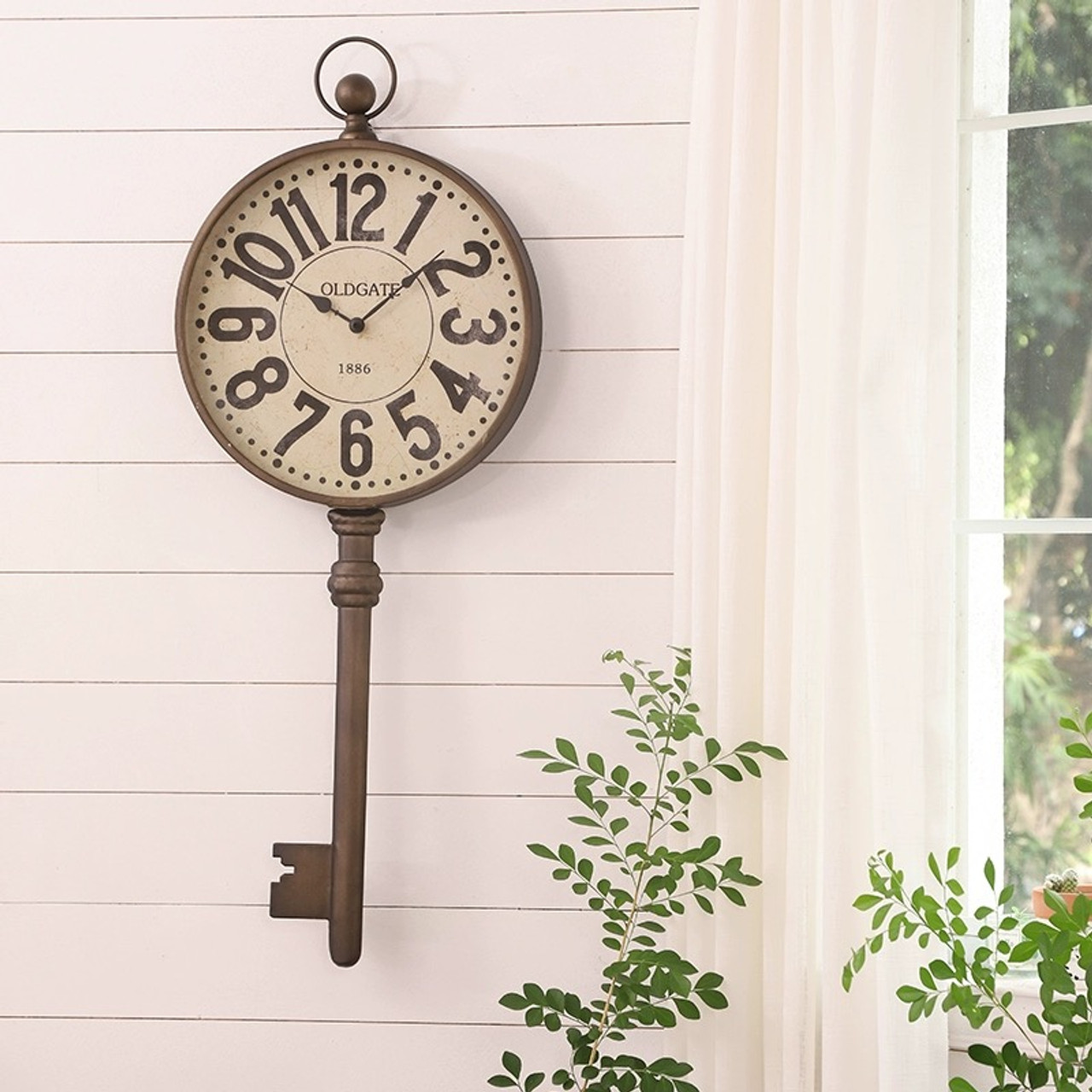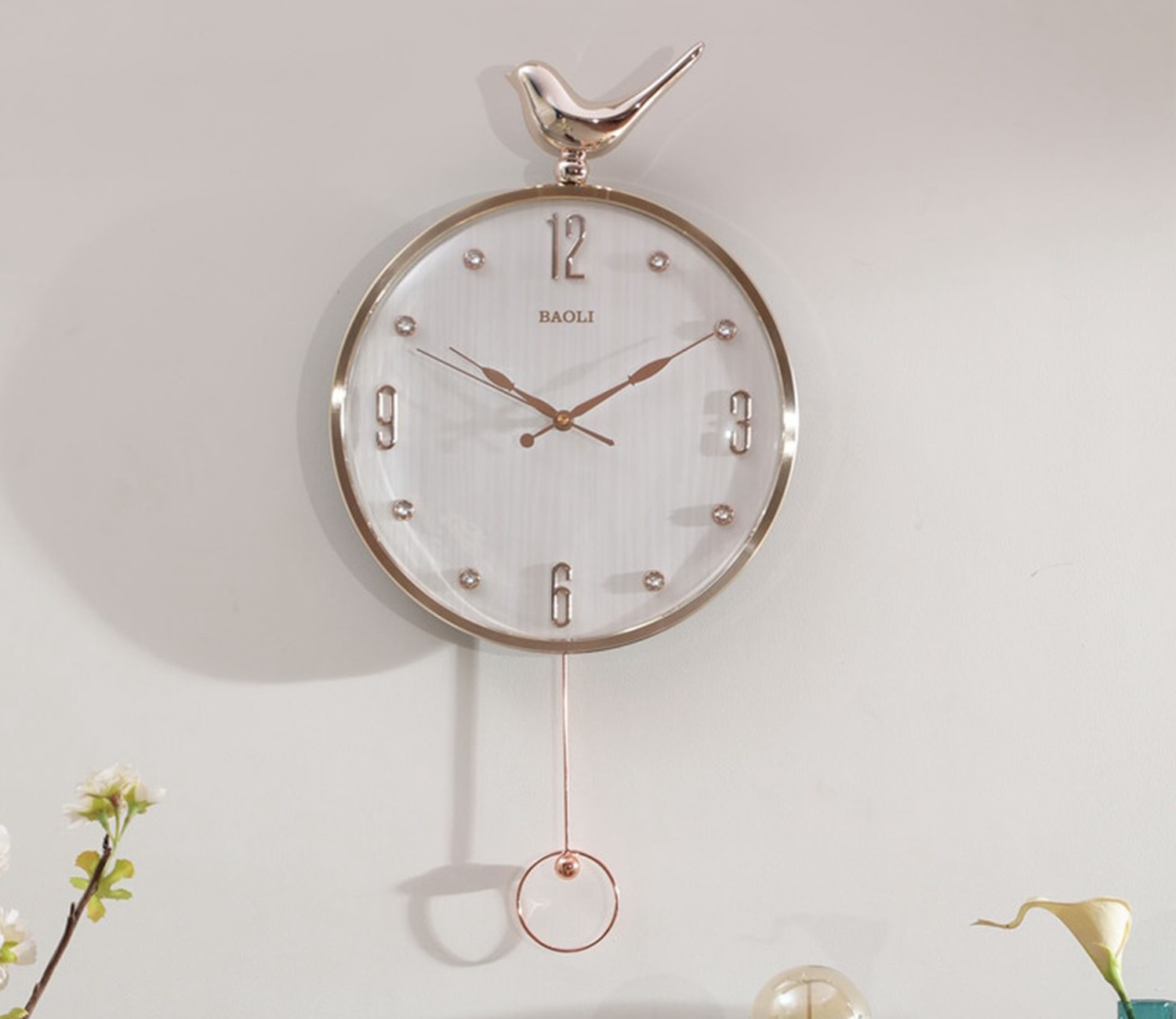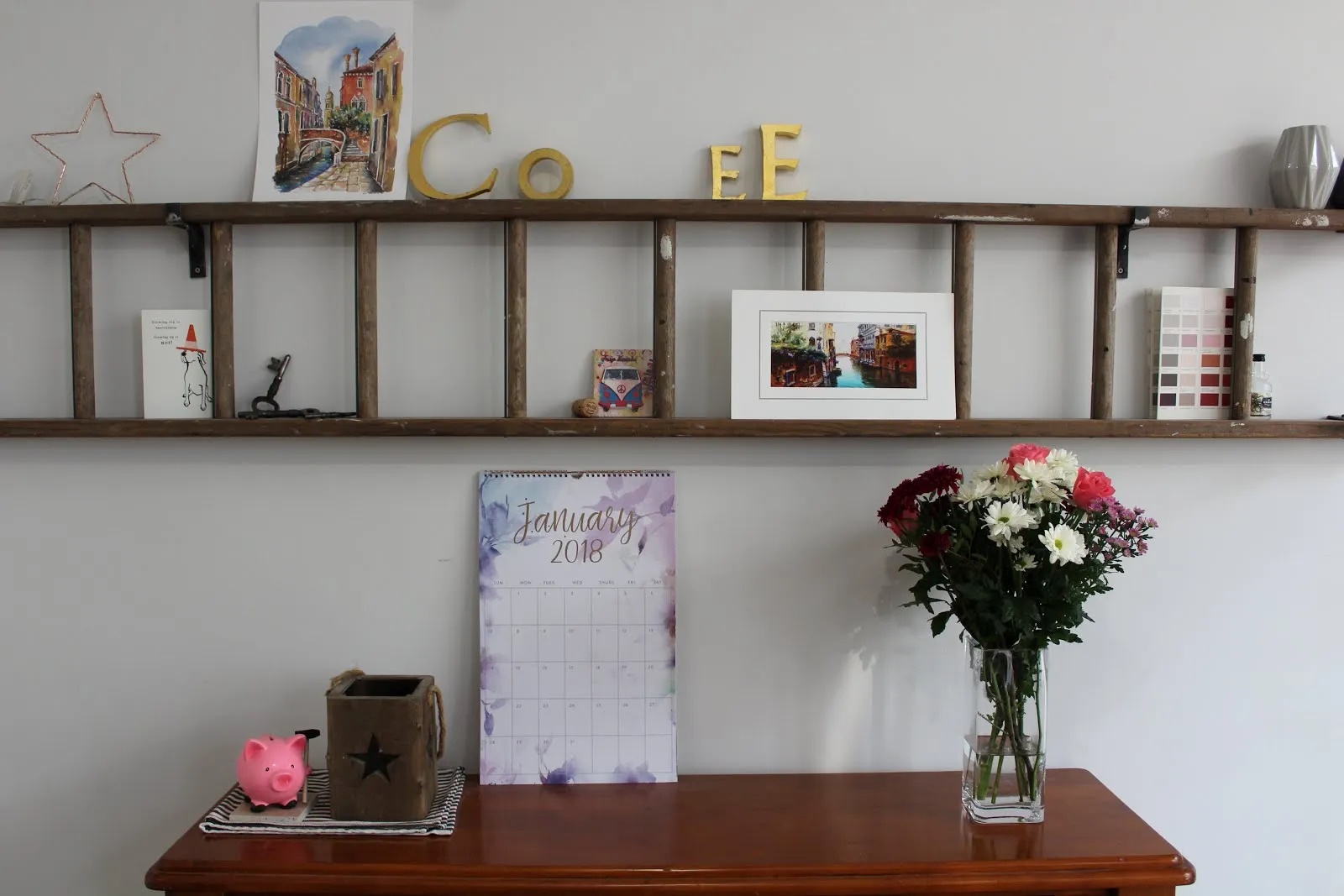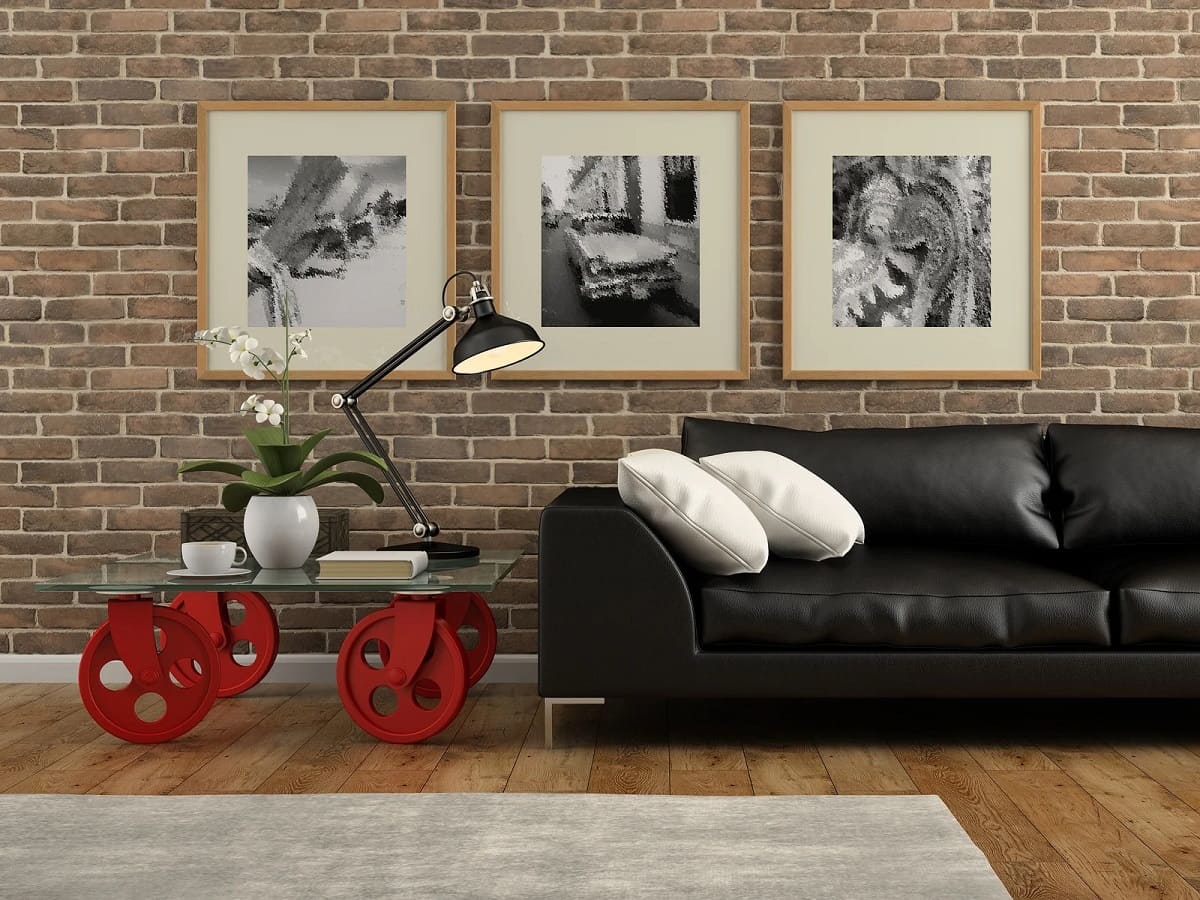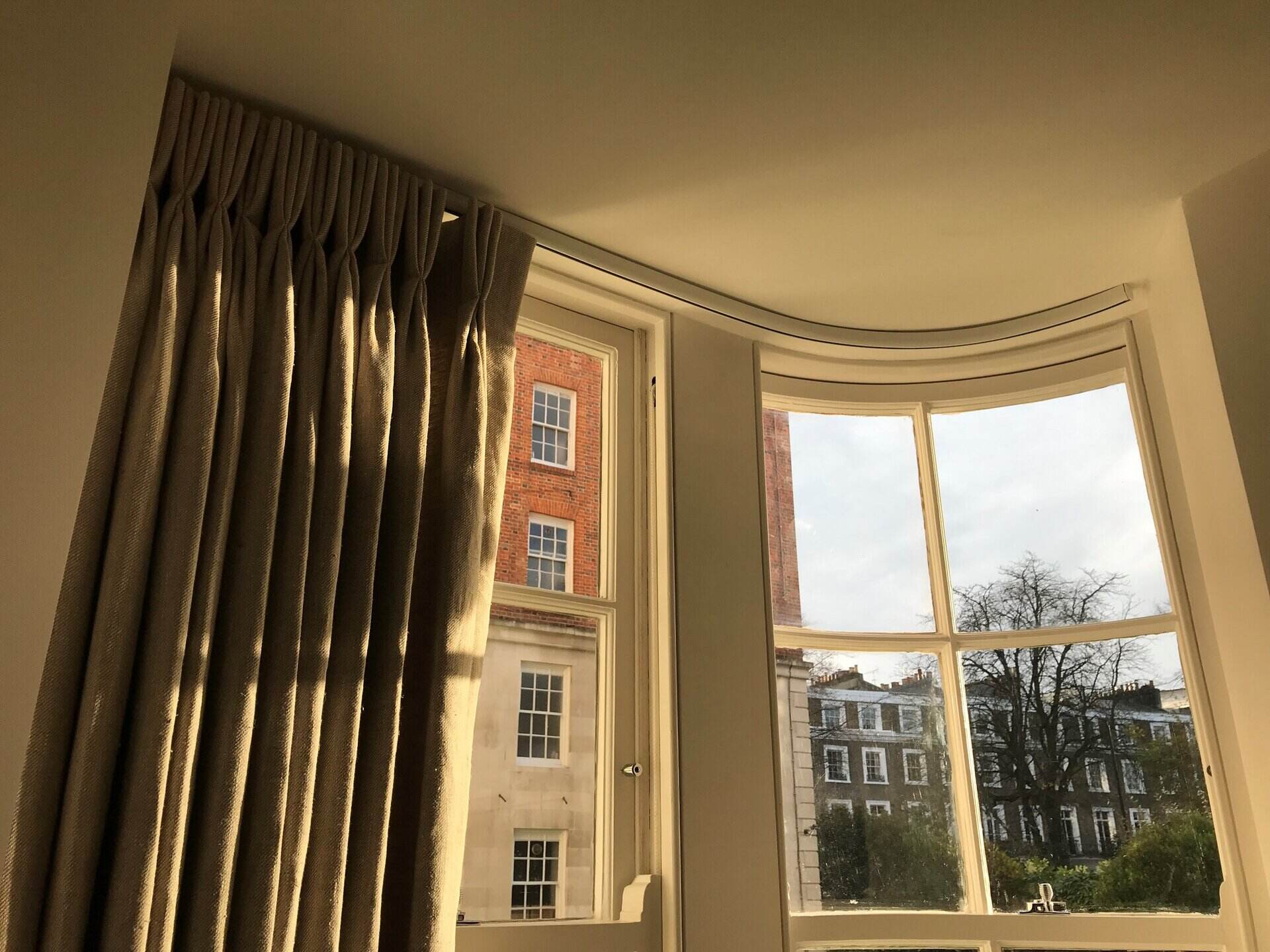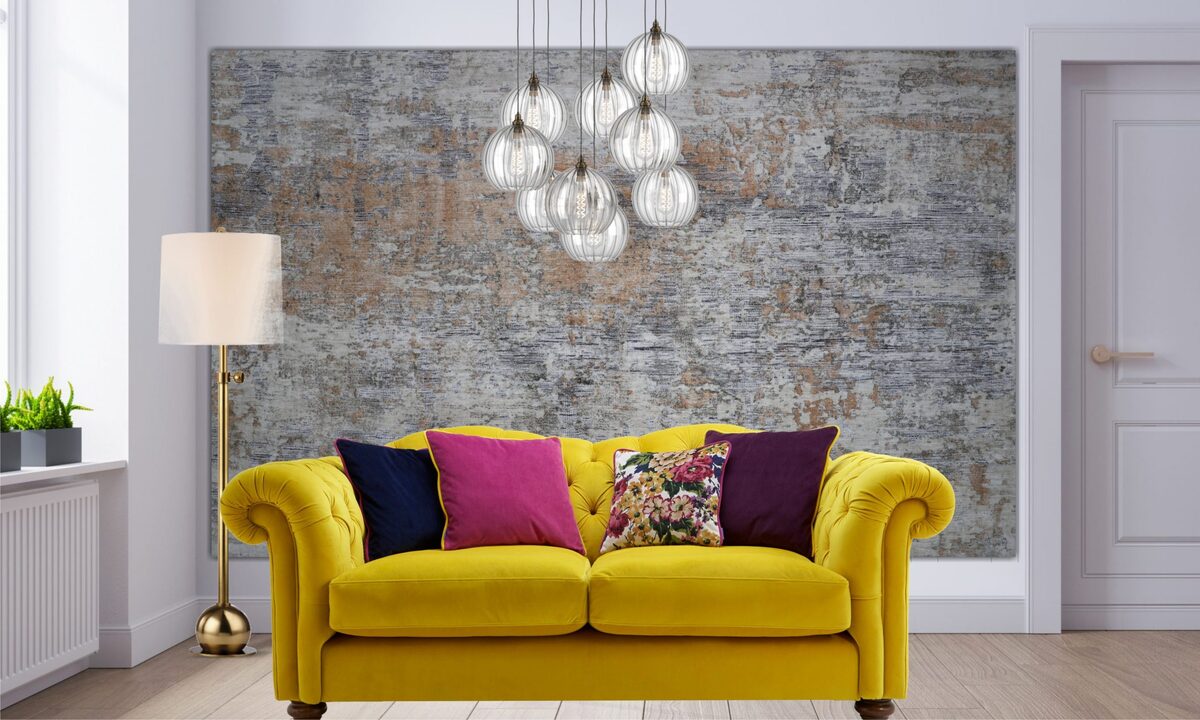

Articles
How To Hang A Carpet On The Wall
Modified: January 6, 2024
Learn the best technique for hanging a carpet on the wall with our informative articles. Transform your space with this unique and creative home decor idea.
(Many of the links in this article redirect to a specific reviewed product. Your purchase of these products through affiliate links helps to generate commission for Storables.com, at no extra cost. Learn more)
Introduction
Decorating your walls with unique and eye-catching pieces can transform the look and feel of any space. One unconventional yet beautiful way to add texture and visual interest to your walls is by hanging a carpet. Not only does it create a warm and cozy ambiance, but it also adds an artistic touch to your decor.
In this article, we will guide you through the process of hanging a carpet on the wall, step-by-step. Before we delve into the process, it’s important to gather all the necessary tools and materials to ensure a smooth and successful installation.
Key Takeaways:
- Transform your space with a unique and artistic touch by hanging a carpet on the wall. Select the right carpet, prepare the wall, and follow the step-by-step guide for a seamless and visually appealing installation.
- Showcase your personal style and infuse your space with warmth and beauty by exploring the creative possibilities of hanging a carpet on your wall. With the right tools and attention to detail, transform your walls into a captivating gallery of textile art.
Read more: How To Hang Baskets On The Wall
Tools and Materials Needed
Hanging a carpet on the wall requires a few specific tools and materials to ensure a secure and professional installation. Here’s a list of what you’ll need:
- A carpet or rug – Choose a carpet that complements your room’s decor and fits the desired wall space.
- Hanging hardware – Depending on the weight and size of the carpet, you may need picture wire, D-rings, or keyhole hangers.
- Measuring tape – A measuring tape will help you accurately determine the placement of the carpet on the wall.
- Pencil – A pencil will be used to mark measurements and guide the installation process.
- Level – A level is essential to ensure that the carpet is hanging straight and level on the wall.
- Hammer or drill – Depending on the type of hardware you’re using, you’ll need a hammer or drill to attach it to the wall.
- Nails or screws – Use nails or screws that are appropriate for your wall type and the weight of the carpet.
It’s important to gather these tools and materials before you begin hanging the carpet to ensure a seamless installation process. Let’s move on to the step-by-step guide on how to hang a carpet on the wall.
Step 1: Selecting the Right Carpet
Before you start hanging a carpet on the wall, it’s crucial to select a carpet that not only suits your style but also fits the space you have in mind. Consider the following factors when choosing the right carpet:
- Size: Measure the wall space where you plan to hang the carpet. Make sure the dimensions of the carpet are appropriate for the area, leaving enough room for it to be displayed without overpowering the space.
- Design and Color: Look for a carpet design that complements your existing decor and adds visual interest to the room. Consider the color scheme and patterns that will work best with your overall aesthetic.
- Texture: Think about the texture you want to incorporate into your space. Whether you prefer a soft, plush carpet or a more rugged and textured piece, choose a carpet that matches your desired look and feel.
- Material: Select a carpet material that aligns with the function of the room and your personal preference. Popular options include wool, cotton, synthetic fibers, or even silk for a luxurious touch.
- Maintenance: Consider the cleaning and maintenance requirements of the carpet. Some materials may be more stain-resistant and easy to clean, while others may require more specialized care.
Take your time to explore different options and visualize how the carpet will enhance your space. Once you’ve found the perfect carpet, you can proceed to the next step.
Step 2: Preparing the Wall
Before you can hang the carpet on the wall, it’s important to properly prepare the wall surface. Follow these steps to ensure a smooth and secure installation:
- Clean the wall: Start by cleaning the wall surface to remove any dust, dirt, or grease that may hinder the adhesion of hanging hardware. Use a gentle cleaner and a soft cloth to wipe down the wall.
- Repair any damage: Inspect the wall for any cracks, holes, or imperfections. Fill in any gaps or repair the damage using spackling compound or plaster. Allow the compound to dry thoroughly before moving on to the next step.
- Smooth the surface: If needed, sand the repaired areas to create a smooth and even surface. Use fine-grit sandpaper and be sure to remove any excess dust before proceeding.
- Prime and paint (optional): If you prefer, you can prime and paint the wall to create a fresh and uniform backdrop for your carpet. Choose a suitable paint color that complements the carpet and allows it to stand out.
By preparing the wall properly, you ensure a clean and stable surface for hanging the carpet. This will help the carpet adhere securely and enhance its overall appearance.
Step 3: Measuring and Marking Placement
Accurate measurements and precise placement are essential for hanging a carpet on the wall. Follow these steps to ensure proper alignment and positioning:
- Measure the wall space: Use a measuring tape to determine the height and width of the area where you want to hang the carpet. Take into account any furniture or architectural features that may affect the placement.
- Mark the center line: Find the center point of the wall by measuring its width and dividing it in half. Mark this point with a pencil to serve as your reference for centering the carpet.
- Measure and mark the top placement: Determine the desired distance from the ceiling or crown molding where you want the top edge of the carpet to be. Measure this distance down from the center line and mark it on the wall.
- Measure and mark the side placement: Determine the desired distance from the sides of the wall where you want the edges of the carpet to align. Measure and mark these points on both sides of the center line.
Using a level, connect the marked points to create precise horizontal guidelines for hanging the carpet. Double-check the measurements and adjust as necessary before proceeding to the next step.
Use a rug hanger or a curtain rod to hang a carpet on the wall. Attach the hanger or rod to the wall, then gently drape the carpet over it and secure it in place. This will help protect the carpet and add a unique decorative touch to your space.
Read more: How To Hang Ladder On Wall
Step 4: Attaching Hanging Hardware
Once you have measured and marked the placement of the carpet on the wall, it’s time to attach the hanging hardware. The type of hardware you use will depend on the weight and size of the carpet. Follow these steps to securely attach the hanging hardware:
- Choose the appropriate hardware: Consider the weight and size of the carpet when selecting the hanging hardware. Options include picture wire, D-rings, or keyhole hangers. Make sure the hardware can support the carpet’s weight.
- Align the hardware: Position the hardware along the top edge of the carpet, ensuring that it is centered and aligned with the marks you made on the wall.
- Mark the screw holes: Using a pencil or marker, mark the locations of the screw holes on the back of the carpet. This will guide you when attaching the hardware.
- Attach the hardware: Depending on the hardware you’ve chosen, use a hammer, drill, or screwdriver to attach it to the marked locations on the back of the carpet. Ensure it is securely fastened.
Make sure to follow the manufacturer’s instructions for attaching the specific hanging hardware you have chosen. Once the hardware is properly installed, you are ready to hang the carpet on the wall.
Step 5: Hanging the Carpet
With the hanging hardware properly installed, it’s time to hang the carpet on the wall. Follow these steps for a successful hanging process:
- Enlist a helper: Hanging a carpet can be easier with an extra set of hands. Enlist the help of a friend or family member to assist you in lifting and positioning the carpet.
- Align the carpet: Gently lift the carpet and align it with the guideline marks on the wall. Make sure the top edge of the carpet is positioned correctly, aligning with the mark you made for the top placement.
- Hang the carpet: Once the carpet is aligned, carefully place the hanging hardware onto the corresponding hooks or nails on the wall. Place the hardware securely onto the hooks, ensuring that it holds the weight of the carpet.
- Check the alignment: Step back and check the alignment of the carpet. Make any necessary adjustments to ensure that it hangs straight and level. Use a level to double-check the alignment.
Take your time during this step to ensure that the carpet is properly hung and secure. A well-positioned carpet can greatly enhance the visual appeal of your space.
Step 6: Adjusting and Securing the Carpet
After hanging the carpet on the wall, it’s important to adjust and secure it properly to ensure it stays in place. Follow these steps to make any necessary adjustments and secure the carpet:
- Adjust the position: Step back and examine the overall placement of the carpet. If needed, gently shift the carpet to make small adjustments in its positioning. Make sure it is centered on the wall and aligned with your desired placement.
- Level the carpet: Use a level to ensure that the carpet is hanging straight. If it appears uneven, make gentle adjustments until it is level both horizontally and vertically.
- Secure the carpet: Once you are satisfied with the placement and alignment, secure the carpet further by using additional hanging hardware. Depending on the size and weight of the carpet, you may need to add more hooks or brackets to keep it securely in place.
- Tighten the hardware: Check all the screws, nails, or hooks that are holding the carpet in place. Ensure they are tightened and properly secured to prevent the carpet from shifting or falling.
By adjusting and securing the carpet, you can ensure its stability and longevity on the wall. Take the time to make these final adjustments to achieve the desired look and feel.
Step 7: Final Touches and Maintenance Tips
With the carpet securely hung on the wall, there are a few final touches and maintenance tips to keep in mind:
- Trim excess hardware: If there are any visible screws, bolts, or nails protruding from the hanging hardware, carefully trim or file them down to ensure a polished and finished look.
- Hide hanging hardware: If desired, you can conceal the hanging hardware by strategically placing decorative elements, such as wall art or plants, around the carpet. This helps to create a cohesive and visually appealing display.
- Clean and maintain the carpet: Regularly vacuum or brush the carpet to remove dust and dirt. Refer to the manufacturer’s guidelines for specific cleaning instructions to preserve its appearance and longevity.
- Protect from sunlight: If the carpet is exposed to direct sunlight, consider using window treatments or UV-protective film to prevent fading and discoloration.
- Rotate the carpet: To ensure even wear and prevent excessive fading in specific areas, periodically rotate the carpet on the wall. This will help maintain its appearance over time.
- Monitor for damage: Keep an eye out for any signs of damage, such as fraying or loose threads. Address any issues promptly to prevent further deterioration.
By following these final touches and maintenance tips, you can keep your carpet hanging on the wall looking beautiful and in the best condition possible.
Read more: How To Hang Grass Wall
Conclusion
Hanging a carpet on the wall is a creative and unique way to add texture, color, and personality to your space. By following the step-by-step guide presented in this article, you can successfully hang a carpet and enhance the visual appeal of any room. Remember to select the right carpet that complements your style and fits the desired wall space. Adequately prepare the wall surface, measure and mark the placement accurately, and securely attach the hanging hardware. Take the time to adjust and secure the carpet, ensuring it is level and aligned perfectly. Lastly, don’t forget about the final touches and maintenance tips to maintain the carpet’s appearance and longevity.
Whether you choose a vibrant rug to make a bold statement or a soothing carpet to create a serene atmosphere, hanging a carpet on the wall allows you to showcase your personal style and infuse your space with a touch of uniqueness. With the right tools, careful planning, and attention to detail, you can transform your walls into a captivating gallery of textile art.
So, go ahead and explore the possibilities of hanging a carpet on your wall. Let your creativity flow, and enjoy the beauty and warmth it brings to your living space.
Frequently Asked Questions about How To Hang A Carpet On The Wall
Was this page helpful?
At Storables.com, we guarantee accurate and reliable information. Our content, validated by Expert Board Contributors, is crafted following stringent Editorial Policies. We're committed to providing you with well-researched, expert-backed insights for all your informational needs.

